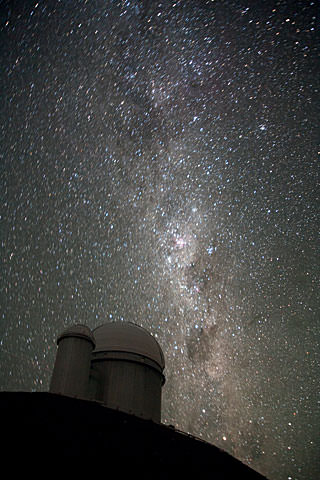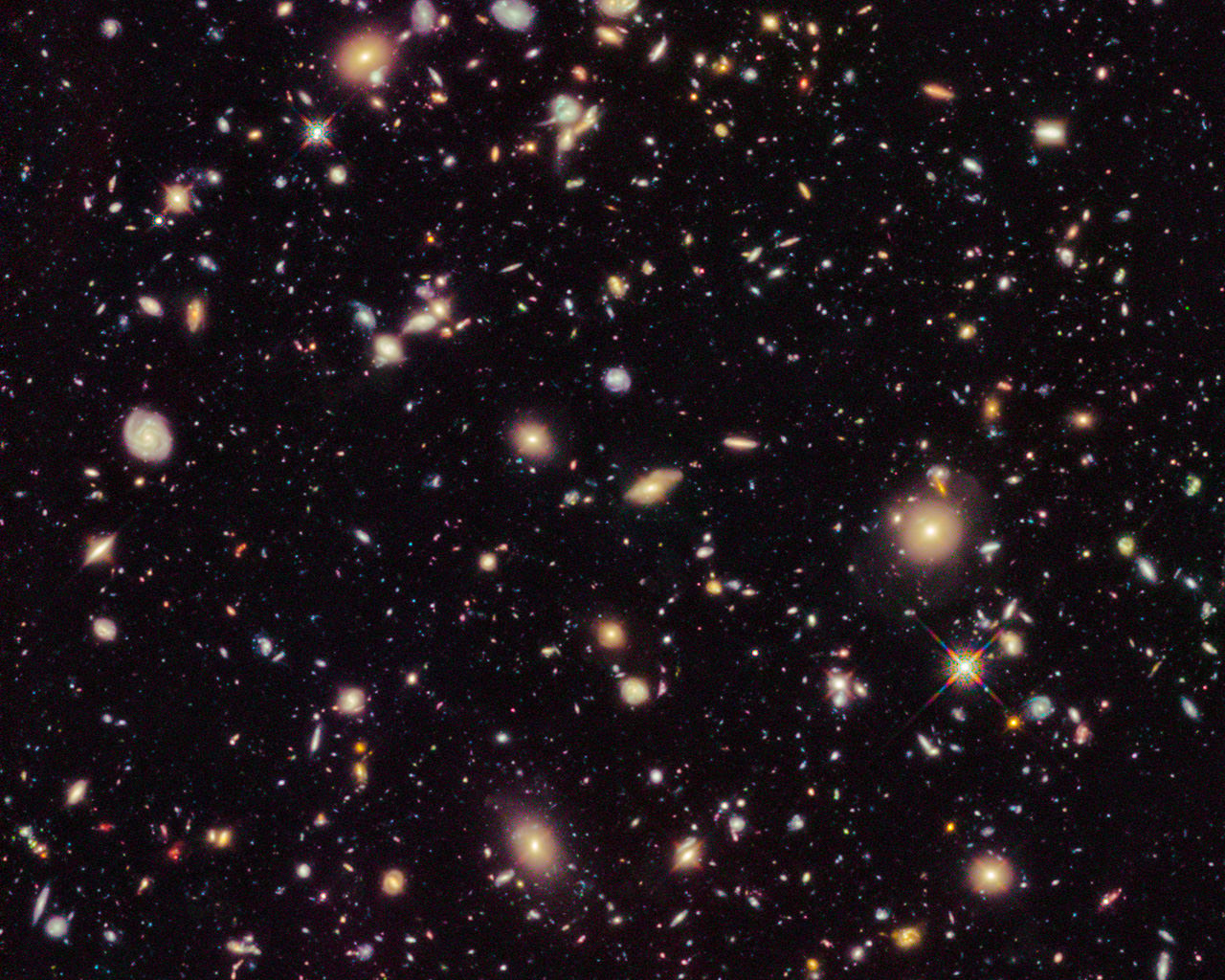Did some of the oldest galaxies grow up quickly? That’s an intriguing possibility raised by a research team that found “mature” galaxies some 12 billion light years away, when the universe was less than 2 billion years old.
“Today the universe is old and filled with galaxies that have largely stopped forming stars, a sign of galactic maturity,” stated Caroline Straatman from the Netherlands’ Leiden University, a graduate student who led the research. “However, in the distant past, galaxies were still actively growing by consuming gas and turning it into stars. This means that mature galaxies are expected to be almost non-existent when the universe was still young.”
Using data from the Magellan Baade Telescope’s FourStar Galaxy Evolution Survey and combining with other observatories, researchers looked at the young universe using near infrared wavelengths and found 15 galaxies at an average of 12 billion light-years away. While the galaxies are faint using visual wavelengths, they were easy to spot in infrared — and hosted as many as 100 billion stars per galaxy, on average.

These galaxies each have a similar mass to the Milky Way, but stopped making stars when the universe was “only 12 percent of its current age”, researchers said. This implies that star-forming happened much more quickly in the past than right now, since the rate is estimated at several hundred times higher than what is observed in the Milky Way now.
It’s not clear what caused the rapid aging, but you can be sure researchers will look into this further. You can read the research in Astrophysical Journal Letters or in preprint version on Arxiv. Other databases used include Hubble’s Cosmic Assembly Near-infrared Deep Extragalactic Legacy Survey and the Great Observatories Origins Deep Survey.
Source: Netherlands Research School for Astronomy

